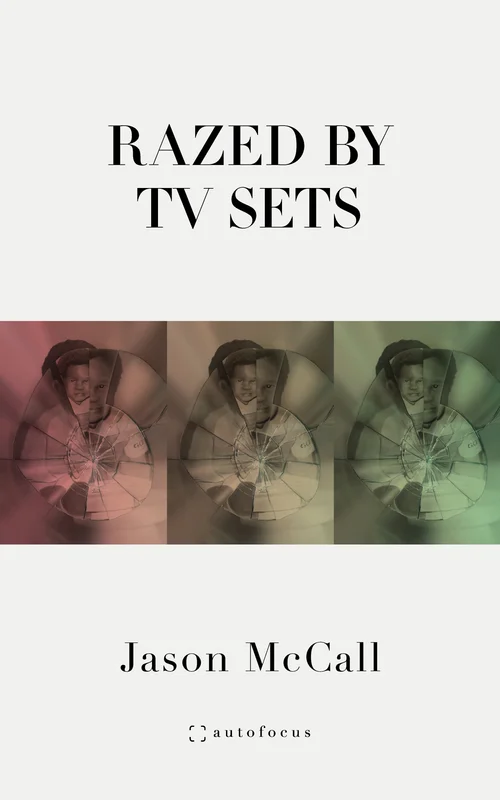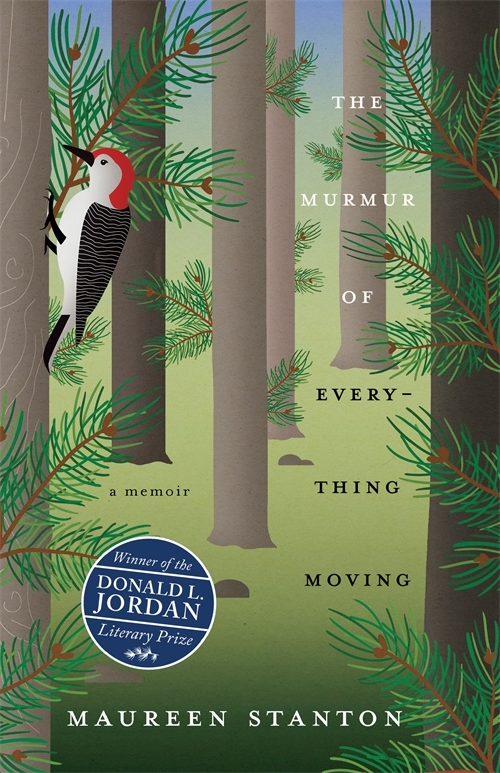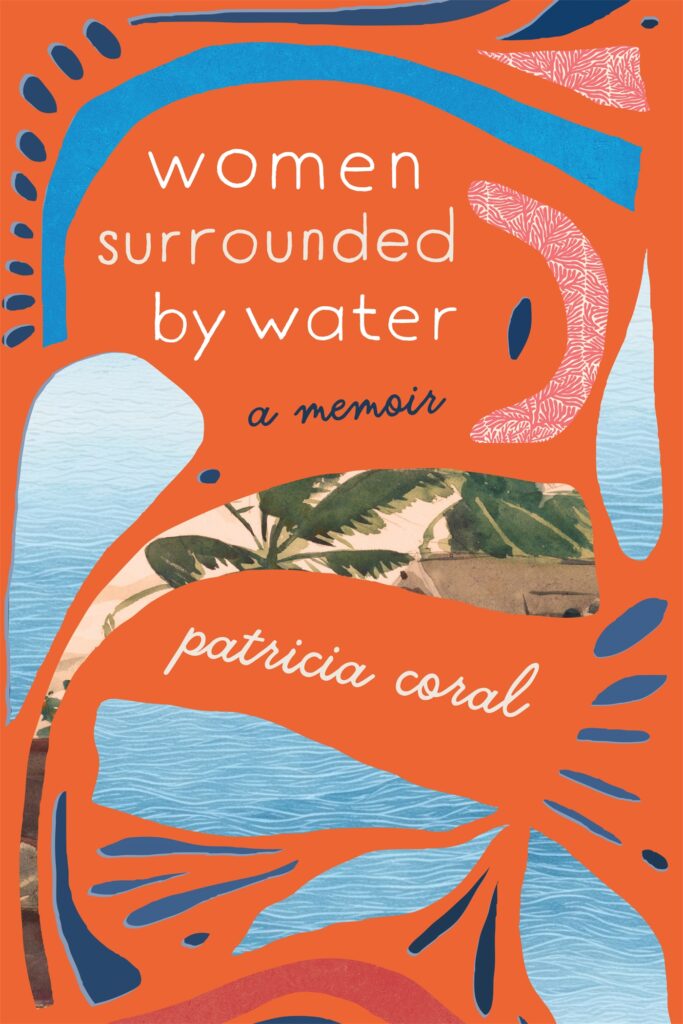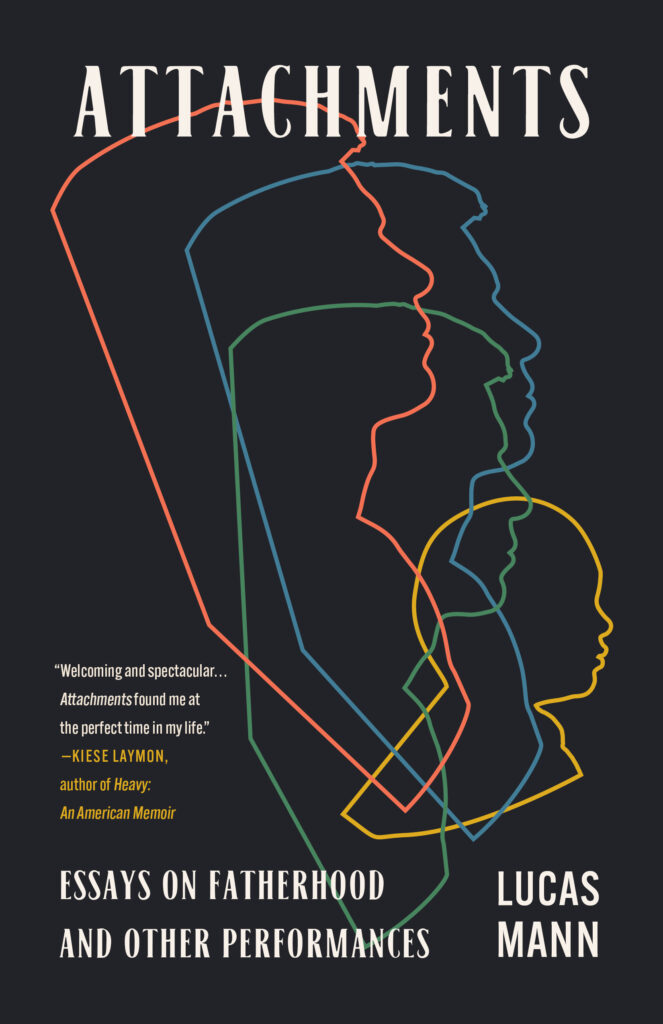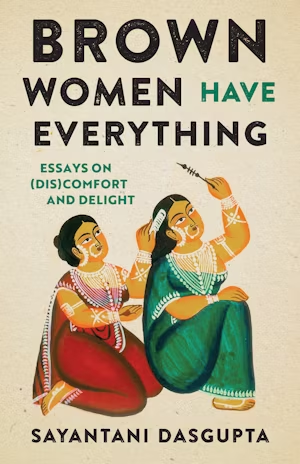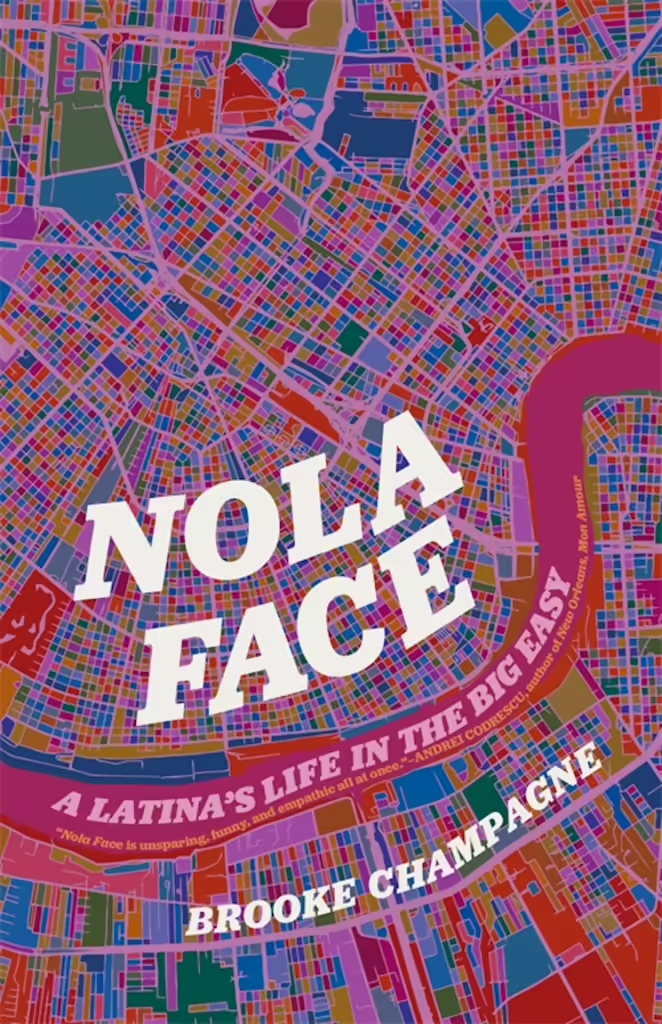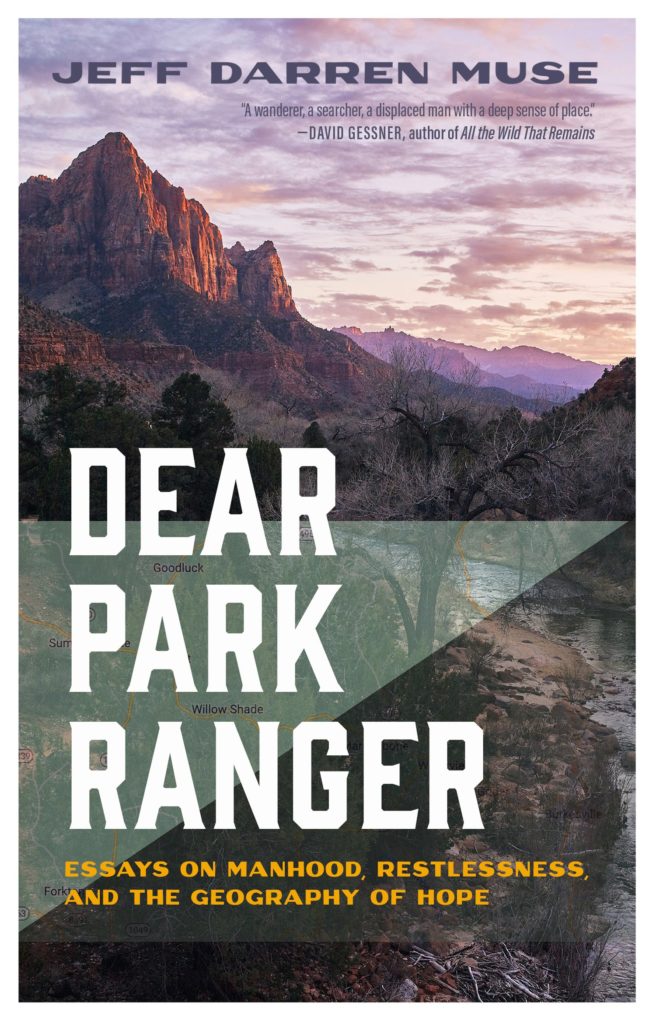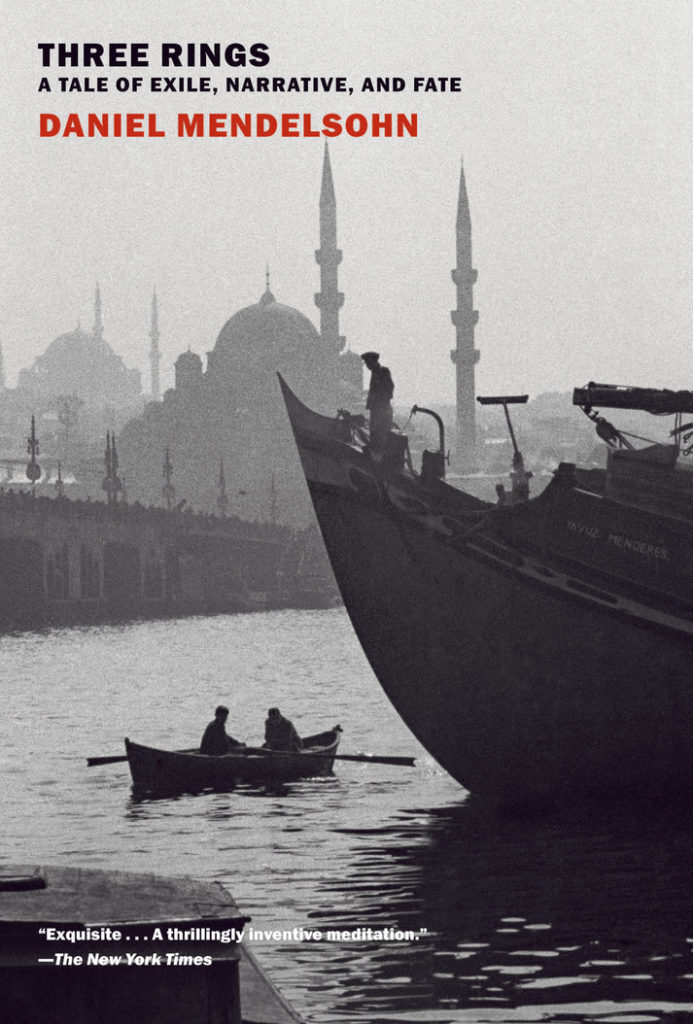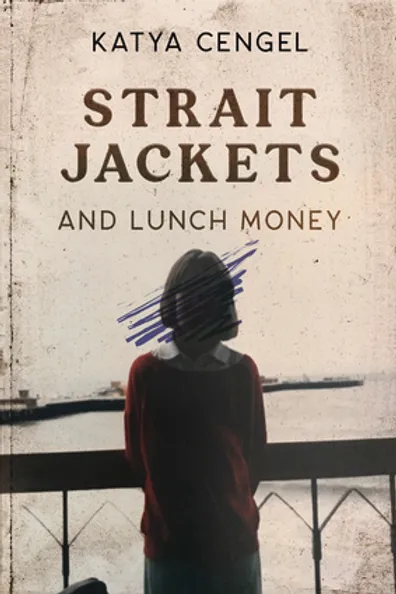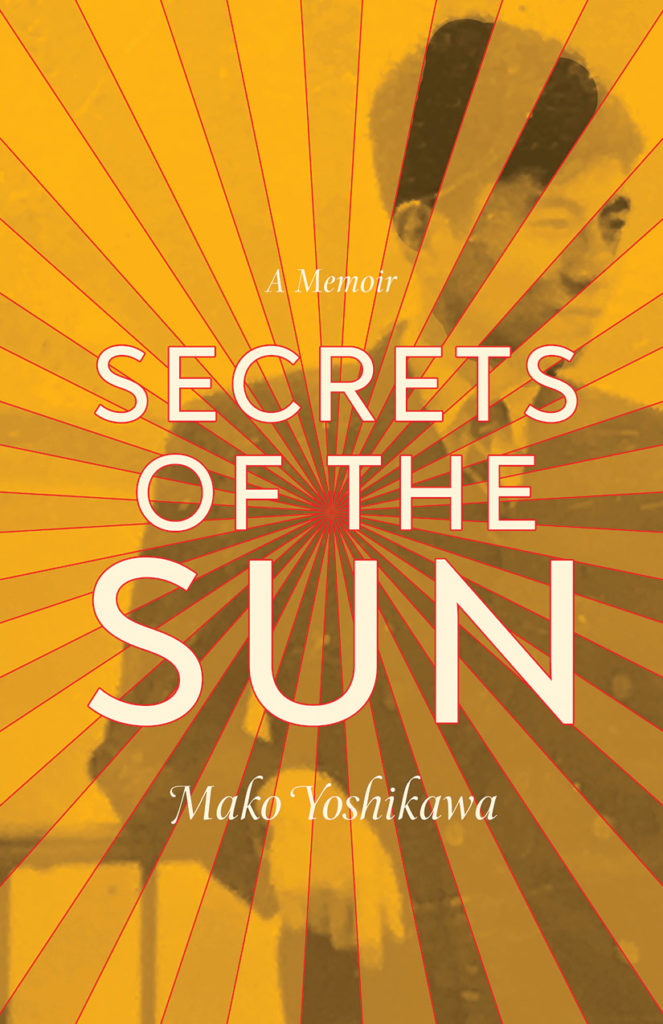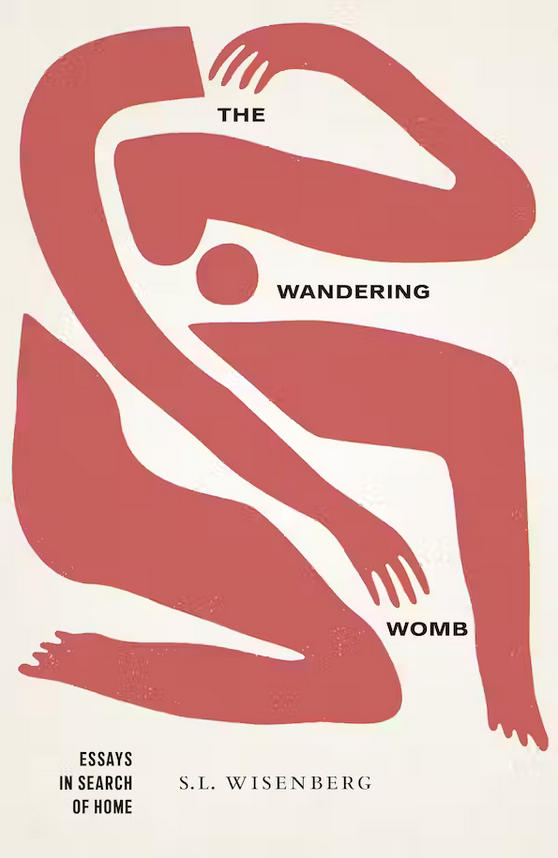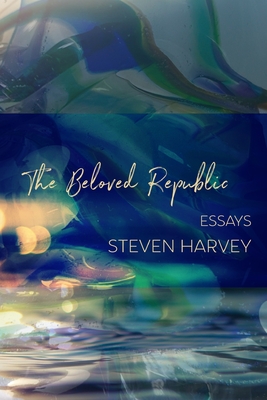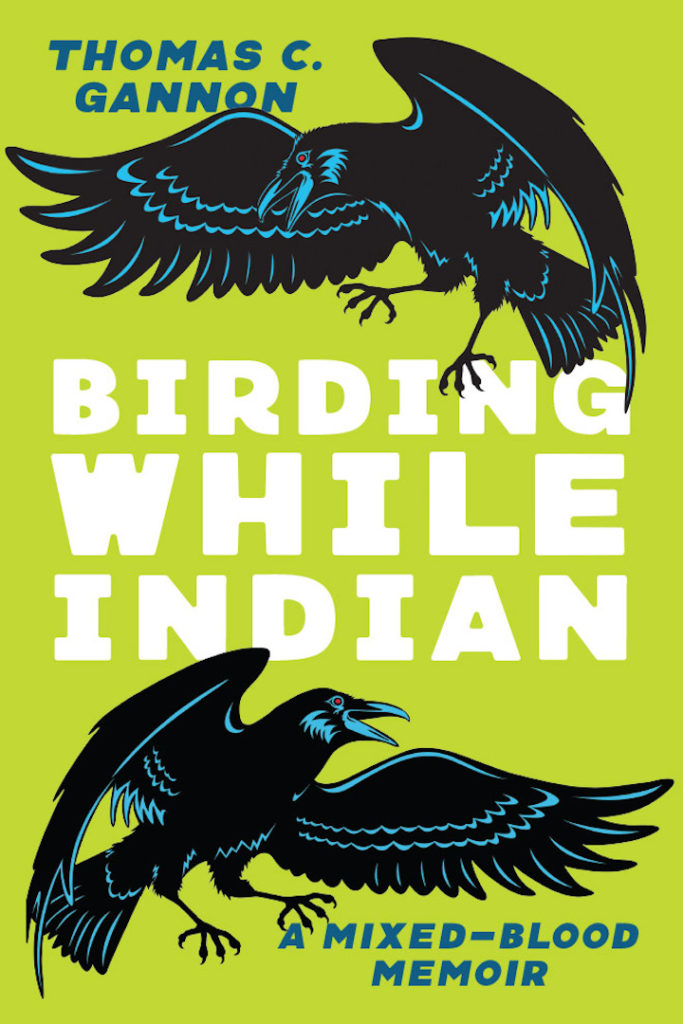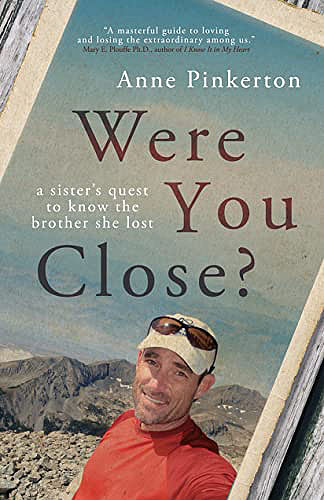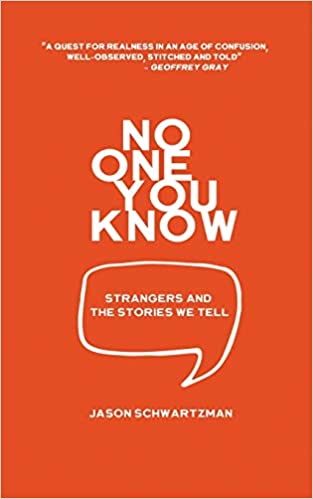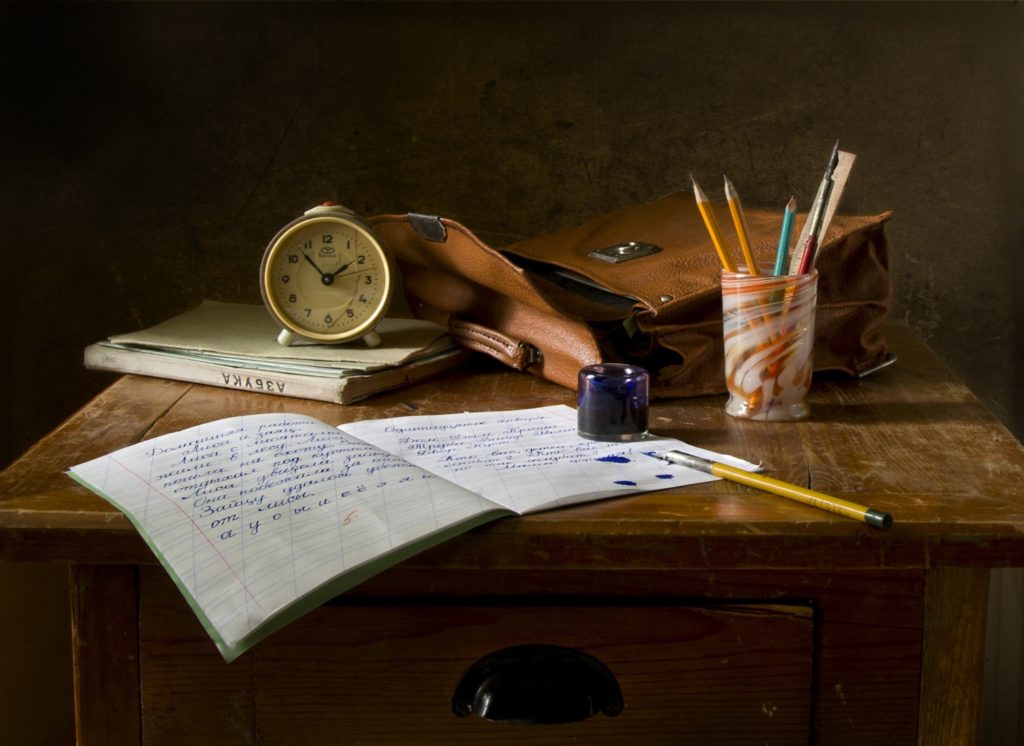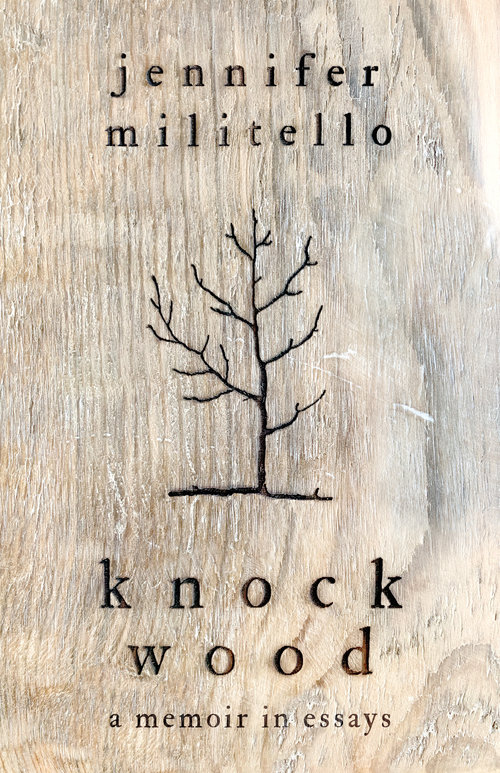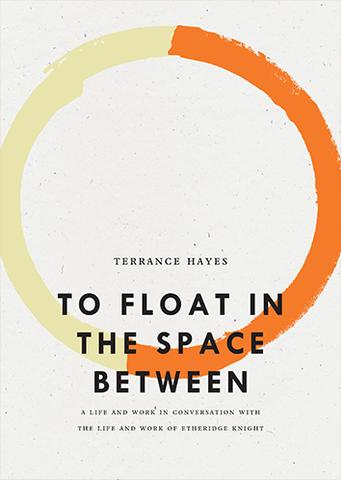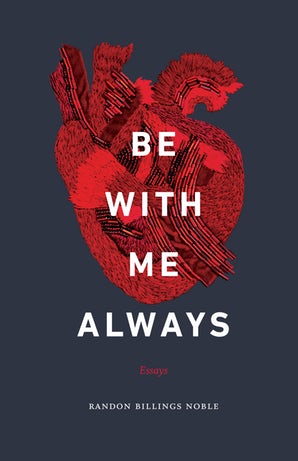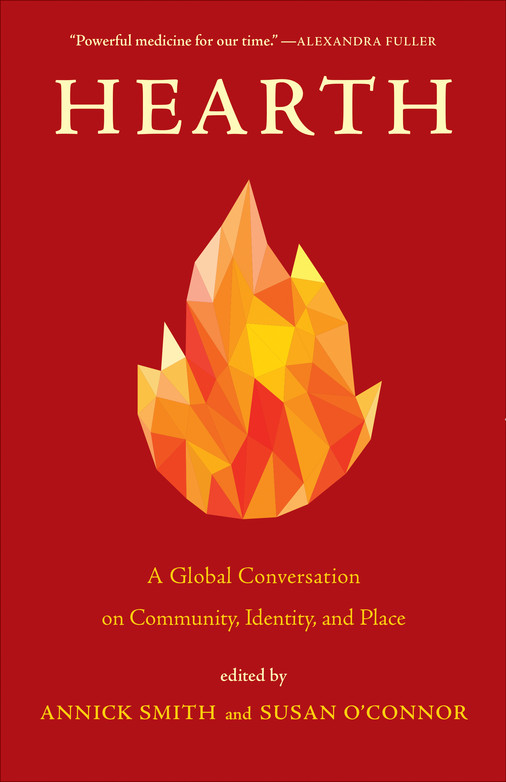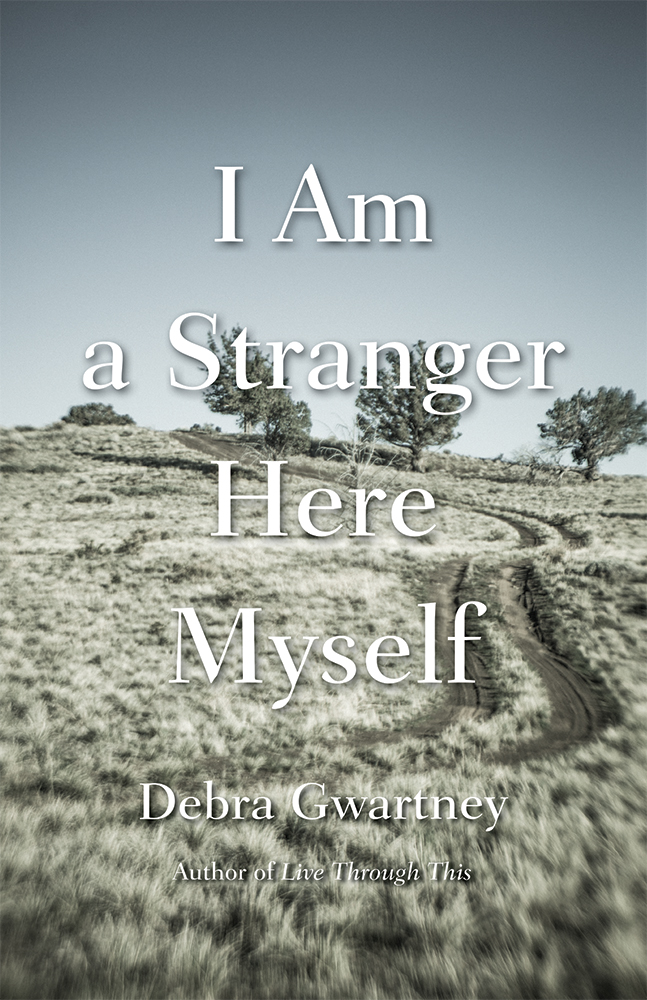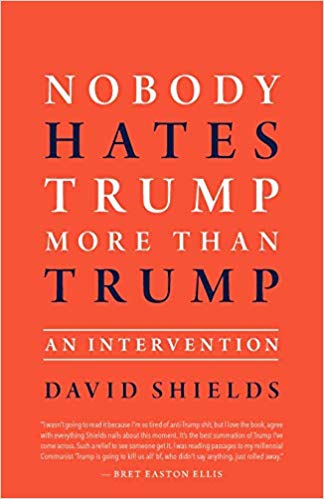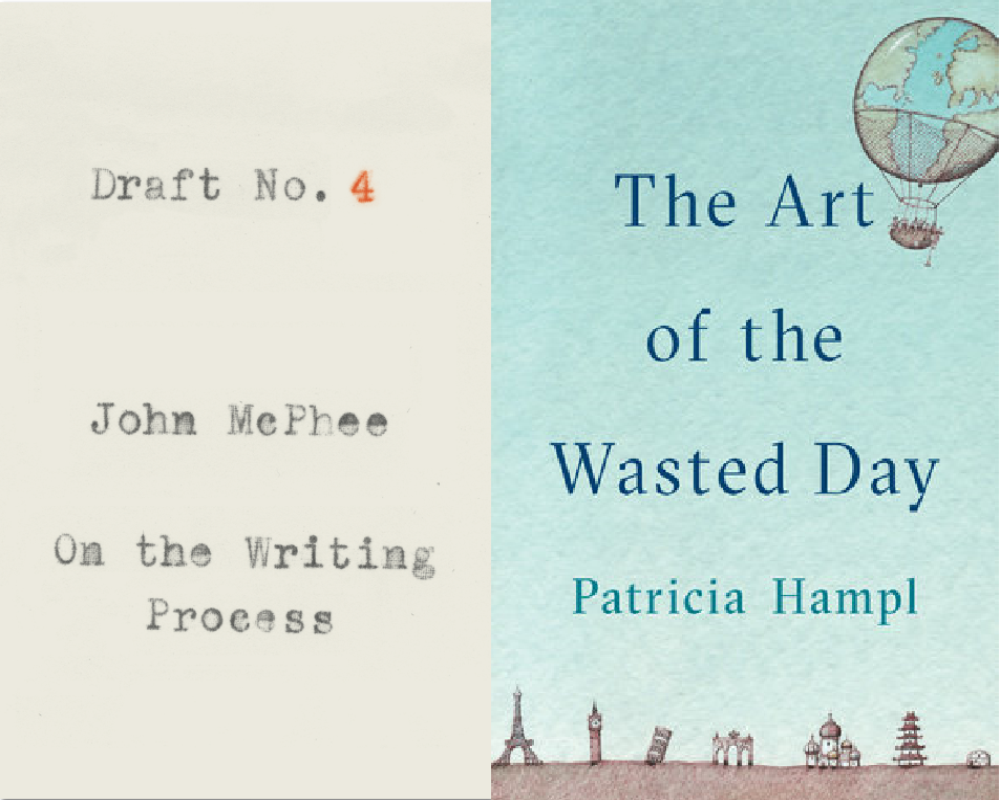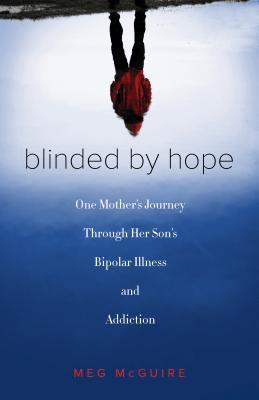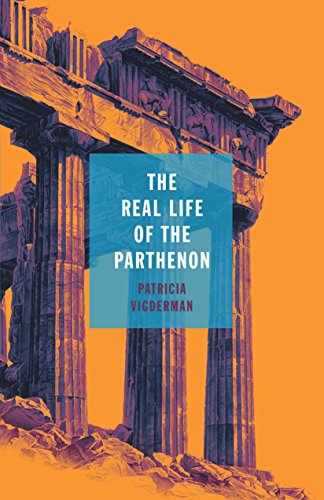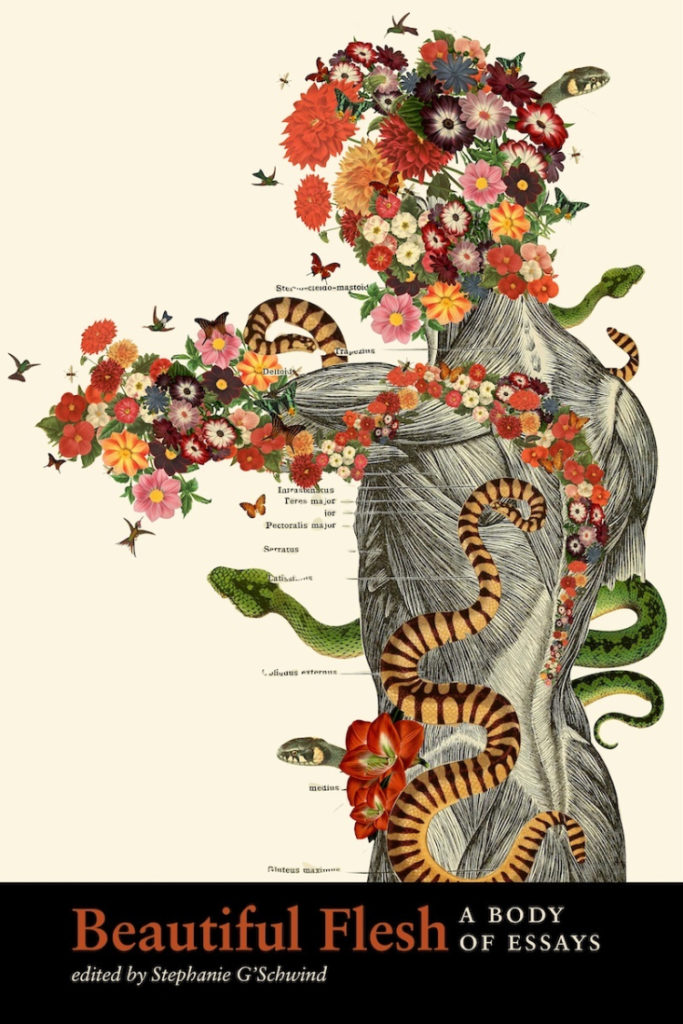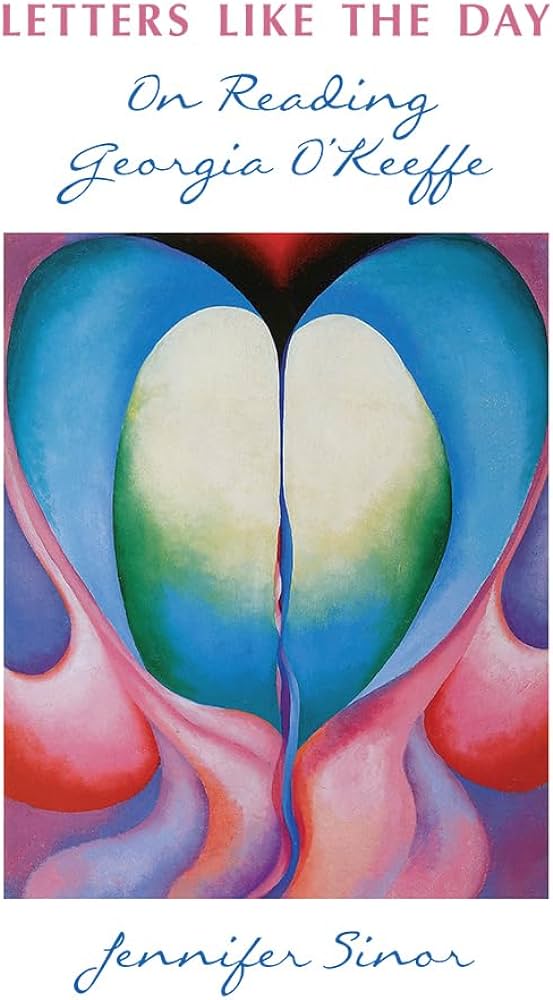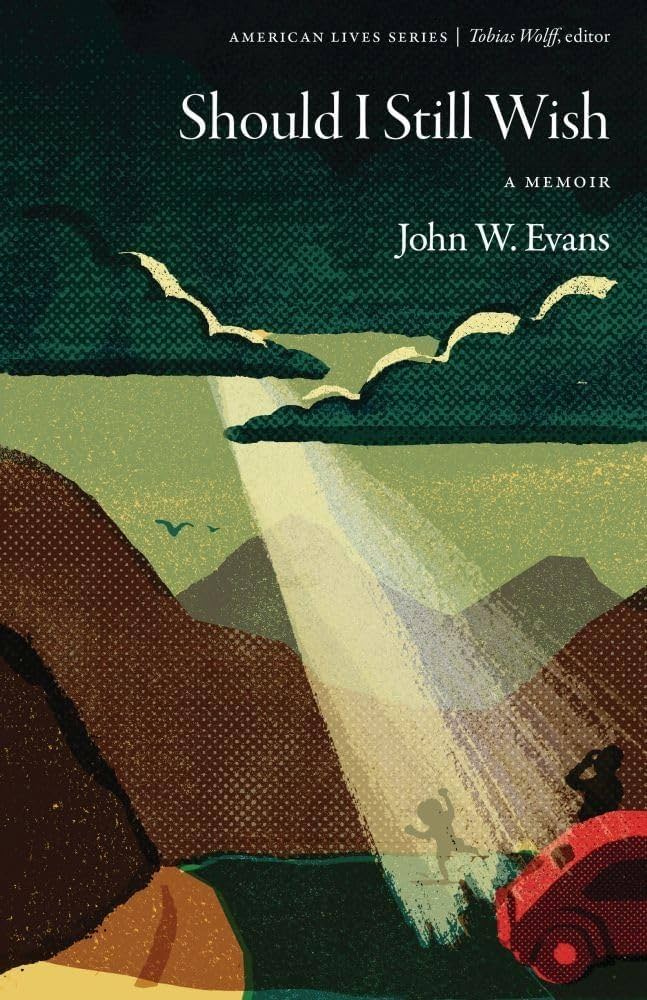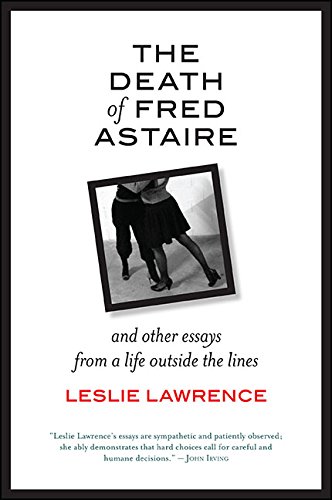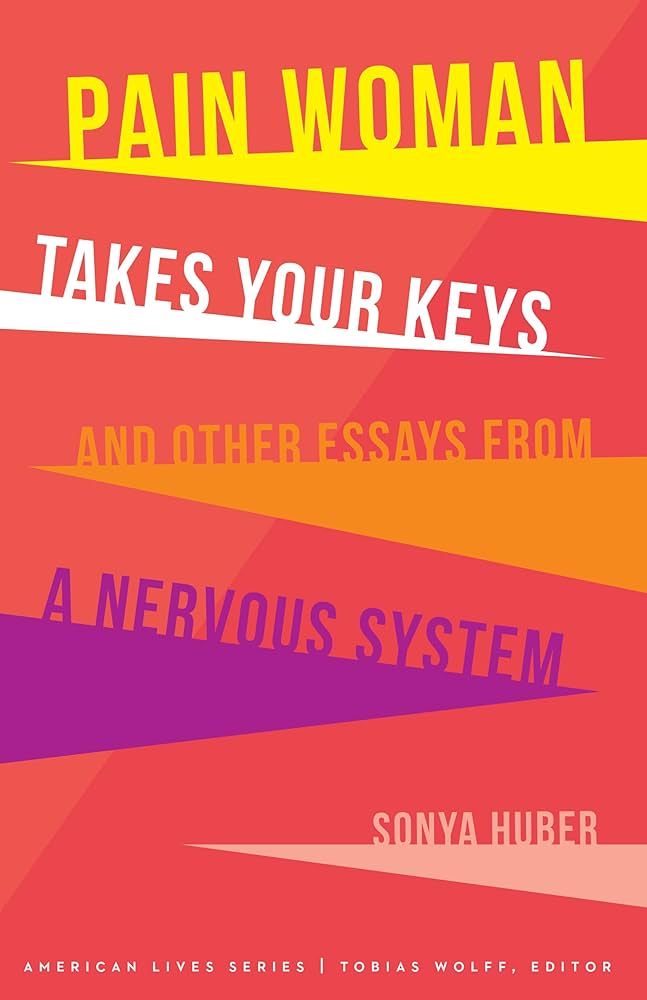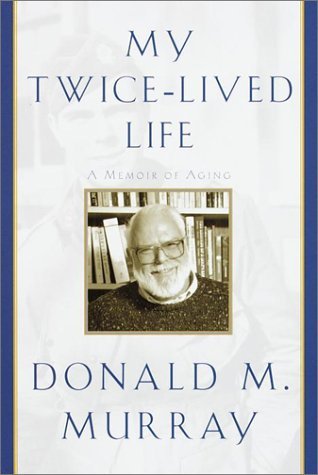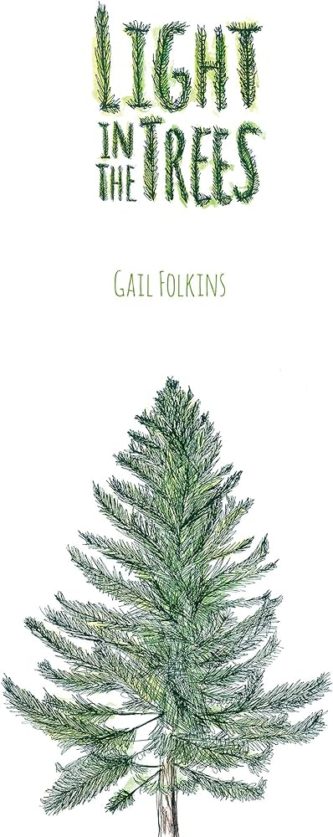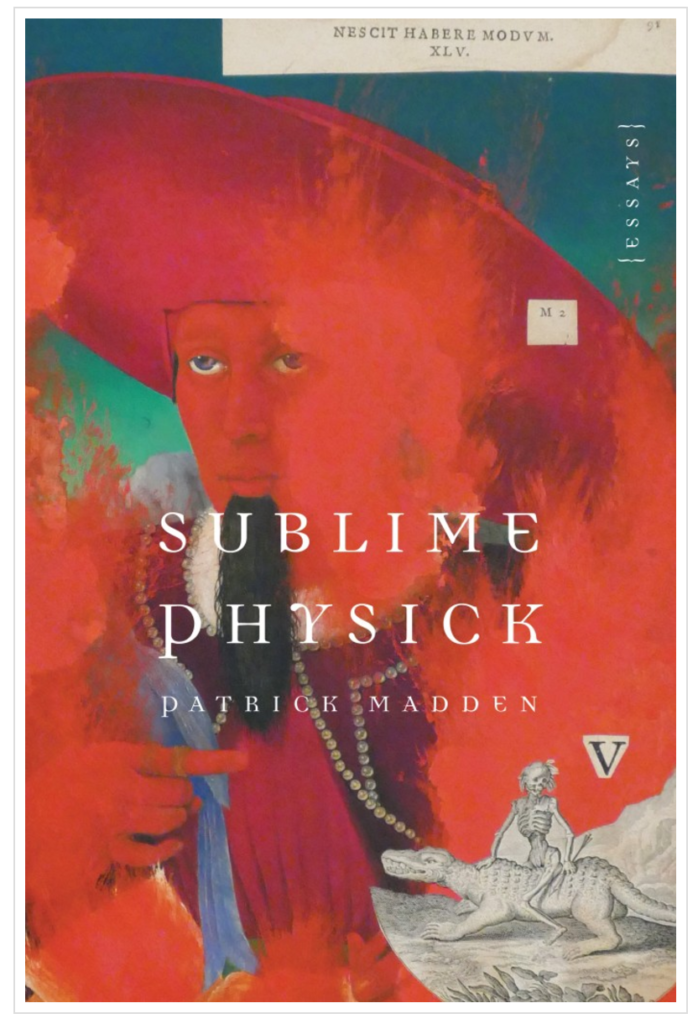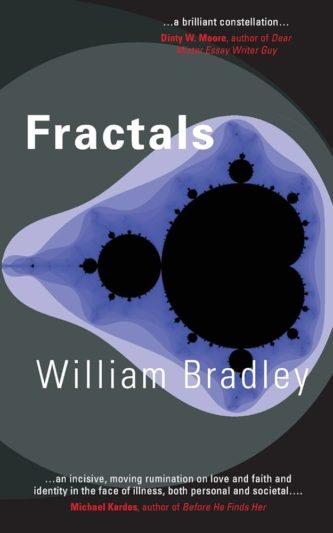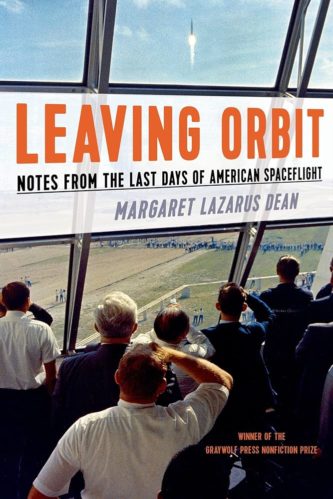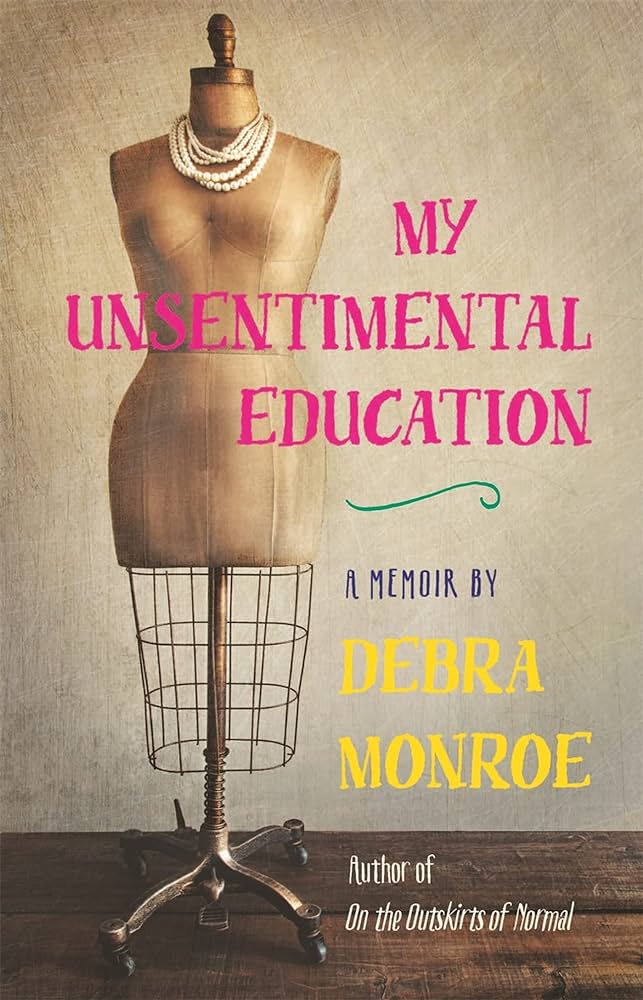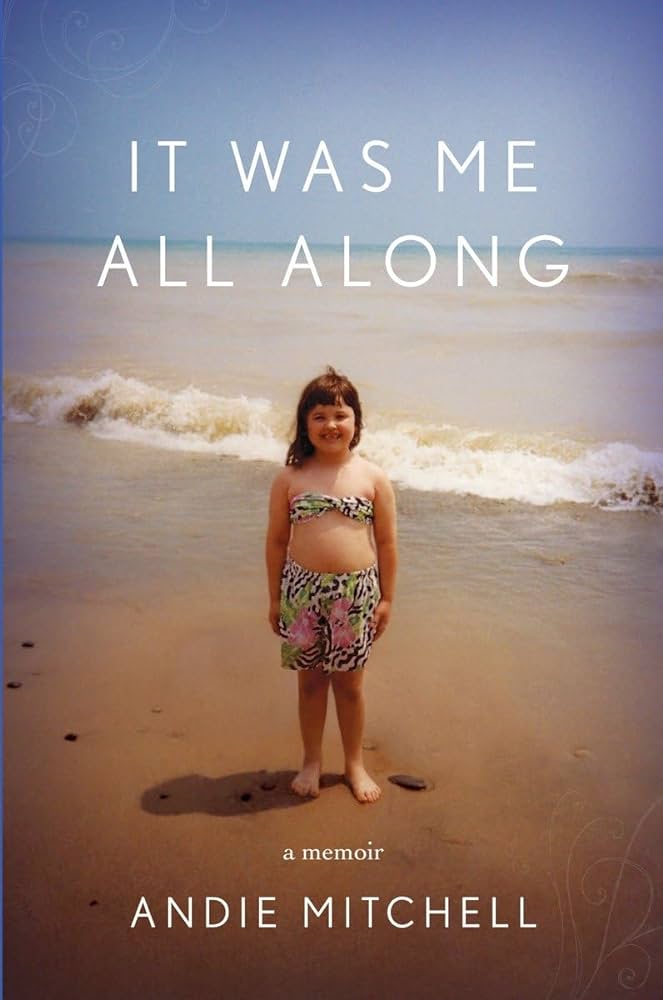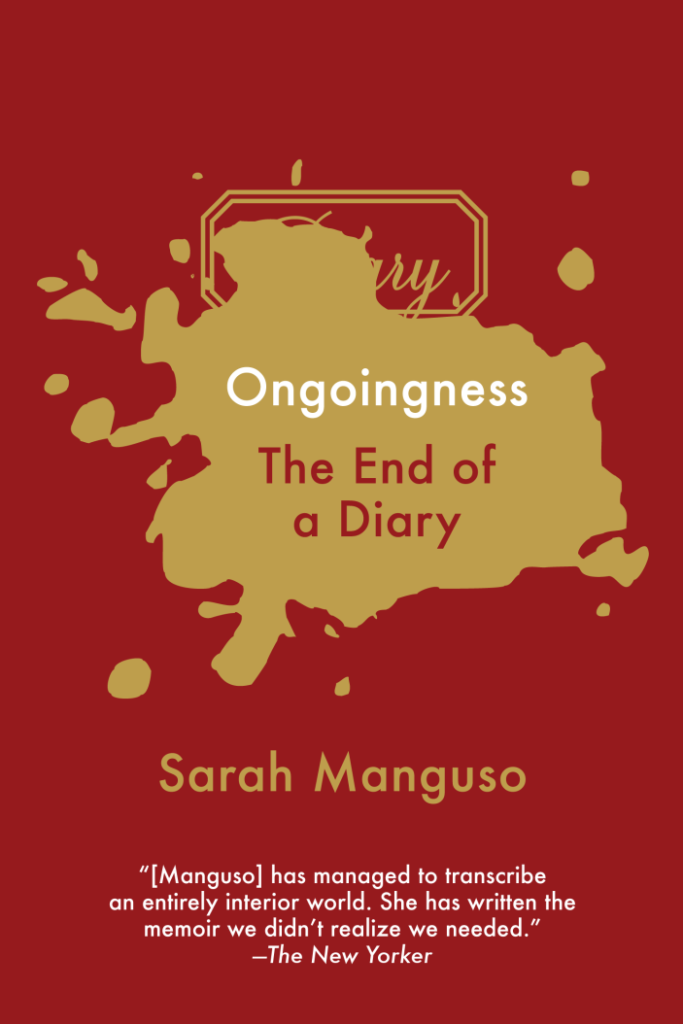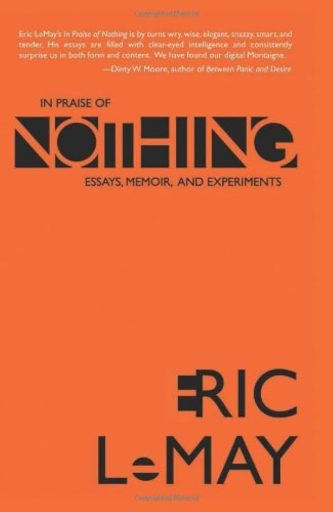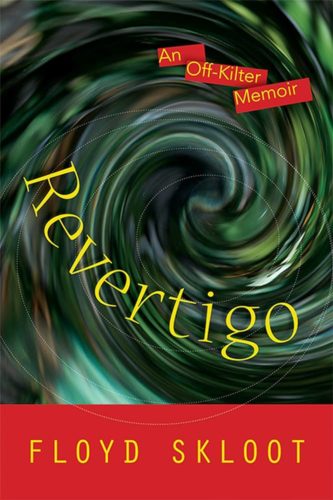By Joy Gaines-Friedler
on The Nail in the Tree: Essays on Art, Violence, and Childhood by Carol Ann Davis
Carol Ann Davis’s collection of nine essays is a memoir, a treatise on aesthetic expression, and a philosophical journey through the aftermath of what was, in 2012, the deadliest school shooting in American history. Her son Willem, seven at the time, was at Hawley Elementary, one mile away from Sandy Hook Elementary School in Newtown, Connecticut. That morning Davis, a professor of English at Fairfield University (a half-hour away), was summoned by a shaken department secretary and told that all schools in Newtown were on lockdown. Soon, the world would learn that some of the Sandy Hook children tried to escape the shooter as he reloaded, and several teachers tried to guard the kids with their bodies. Twenty six-year-olds and six teachers were massacred.
Davis’s essays weave together the trauma the shooting caused with the subjectivity of art works, which often deal with the sacred, mystery, wonder, and survival. She communes with philosophers, examines the language of poets, quotes from interviews with artists—all to help to bring order to disorder. To represent trauma, there is always a before & after, and Davis emphasizes this in the titles of her essays, each spelled without the use of capital letters: two years after, in the year that comes after, five years after, two years before, and so forth.
The book begins on the day of the shooting then moves nonlinearly through the aftermath. In the third essay, The Practice of School Buses and Hummingbirds – in the year that comes after, Davis writes: “I am being led. [Italics added.] At many moments in the year that comes after it has been helpful to repeat these four words, mantra-style, so as to call a path into being. . . . The practice of writing has taught me to let the answer travel to me. To be led you must surrender.”
But surrender is nearly impossible. Just as she can’t escape hearing the sound of the helicopters hovering that day, so, too, she can’t shake with the massacre and its aftermath. What Davis calls the “after-aftermath” threatens to swallow every sound, every attempt to surrender. “And this is what it is to not suffer. This is the not-suffering, happy ending story, the one I get.” Unlike, of course, the parents of the first-graders lost that day.
In the year that comes after, Davis seeks the wisdom of the Sufi poet Rumi, the American poet Larry Levis, and the Russian literary figure Ivan Bunin. They will offer her another eye. They will be her “temporary balm on the lost feeling one has while being led.” She will also be led by her own writing:
By now I have learned just how much of my writing life I have spent learning to trust being led, how difficult it is sometimes to obey the physics of the unknown. . . . I cannot say what exactly it leads to (or even towards), except that the subject of how children read their immediate surroundings is newly important to me.
Now, more than ever, it will be through writing where she will learn, as she says, “an important lesson backwards: lose and you shall seek.”
We speak of survival as that way in which we continue to live or exist despite trauma. But along with this idea comes the implication of not surviving, or, as having become altered by circumstances. “In our town,” Davis tells us, “we are careful—we have been trained—not to suggest images children may not have seen, images they may have missed.” Speak not of what you have not seen, she invokes Rumi.
Feeling far from whole, and only four days after the massacre, parents in neighboring districts, herself included, walked outside their homes that Tuesday and put their children back on the school bus. It is hard to imagine what this would be like for her and other parents. Davis will later write, “there were those who put their child on school busses and never saw those children alive again.”
Processing her worry, Davis seeks a spiritual connection with artists, poets, and philosophers, hoping to find relief. She cultivates what she calls the “abstract emptiness inside tumult,” by studying the works of Georgia O’Keeffe, Apollinaire, Picasso, Helene Cixous, Paul Celan, and others.
In her essay on Surrealism, Loose Thread – four years after, she addresses “the disconnect between the real and what is beyond real.” This plays into her fractured “sense of certainty.” Even if the result is only further ambiguity.
For the Surrealists, to make art without accounting for the violent disconnect between the real and what was beyond real (“sur”) was to live in a fundamentally dishonest way. Their acceptance of the violent un-twinning of the present moment from its natural environment, their acknowledgment that an axe might flower, makes me grateful. This articulation mirrors my own dissatisfaction with the real. It helps me at the bus stop and the grocery store to know that others have questioned exactly how to represent the discord one feels between the quotidian and extraordinarily untenable, both somehow housed in the now of one’s experience.
The sculptor Eva Hesse earns an essay all her own. Perhaps Davis identifies with Hesse because she and most of her Jewish family escaped Germany as the Holocaust began. Hesse grows up to be an artist who refuses definition, who allows her work to lead her. Davis tells us, “It’s clear she [Hesse] expects only to get closer to what she envisioned, never to arrive at it.” (Memoir of Sleep and Waking – two years after.)
Davis guides us deeper into the challenge of survival by using rhetorical devices that she repeats throughout the essays: Images like helicopters and school busses, sounds like sirens, and the phrase wild animal, among them. Hummingbirds, too, which she describes in one essay as part of “the beautiful world . . . that intervenes and insists on being described. . . . [I]t’s as if she has hovered in my inner ear, tiny motor of my ongoing survival.”
She repeats pieces of dialogue she heard in the shock of that terrifying day, and she threads these throughout the essays. One such is the reassuring voicemail of the principal from Hawley, her son’s school: I have opened every door and seen your children. I have seen your children is repeated so as to let the relief of that sink in.
Although she mentions the 2018 Stoneman Douglas High School shooting in reference to her son, Willem—that shooting occurred when he was 14—I felt Davis glossed over a few things. For one, the trauma of her husband and the role he played in this memoir. For another, gun violence in general. But it is clear that these sharply observed essays, told in poetically rendered prose, make a kind of declaration: I am here as an observer of, and for, my children.
The memoir deftly moves back and forth between now and her early childhood. She was the youngest of seven children and raised in Florida, where her father, a NASA rocket scientist, was part of the team that safely returned the stricken Apollo 13 mission. Growing up, she felt unobserved, largely invisible, unwatched. “I stayed blindly hungry for twenty years,” she writes in The Practice of School Busses and Hummingbirds – in the year that comes after. Hers is a hunger both metaphorical and literal. “Though I only noticed it when I got to be about twelve and then starved intentionally for another eight years.”
It is clear from these essays that Davis will not allow her children to be starved of familial regard.
Life is a journey of uncertainty and paradox. Davis never tries to quell that reality. The sensation of instability and vulnerability is deepened by the use of binary oppositions that occur throughout her writing: Grief/happiness, finished/unfinished, outside/inside, sheltered/exposed, comforting/terrifying. In A covering snow – three years after, Davis quotes from James Wright’s poem about horses, “The Blessing”: “They love each other. / There is no loneliness like theirs.” In the same essay Davis further unpacks this sense of vulnerability after reading a quote by Helene Cixous, which includes the phrase There is an outside of me. Davis says this about love:
There is an outside of me. . . . In the moment of knowing that one’s own happiness is tied to another, that one’s own well-being is no longer the most important thing, a door should open to an inside. Instead, one realizes that there is an outside of me, something I can’t protect. Something likely to suffer . . . we are stuck inside, watching parts that are outside-of-us walk around, jump too high, cross the street without looking, enter their classroom.
Her use of strange juxtapositions works to deepen the awareness, the instability, and the vulnerability of life and love. The relatively defenseless hummingbird is juxtaposed with the murderous wild animal. Insomnia is a “pleasing wound.” These poetic devices infuse the essays with a lyrical quality: a greater meaning beyond knowing.
Davis relates mystical and traumatic experience. In A Covering of Snow: three years later, Davis discusses philosopher Helene Cixous’s “door,” which is guarded and unguarded, and where childhood resides and can be reentered, a door from which or through which we perceive the world. She cites the surrealist paintings of Pablo Picasso as a kind of uncovering of the self, and how she discovered that artist’s door: “And so it was that I learned the wonder of the foreign and its innateness in me could be a function of language. Any time two words are put together for what might be the first time a door inside language snaps open.”
In the final essay, Of Morning Glass: Becoming a Swimmer, the only one written in the second person, she has the You and an implied Me become one. Davis contemplates the limits to what a vessel, including the vessel of the self, can contain:
While you swim you are a vessel for what you hold, and also part of what is held. This is the key to the oceanic feeling. In the months after the shooting all you want is to feel again this floating oceanic certainty you felt as a child, but the vessels have been breached everywhere. All over town vessels are spilling. You pull and breathe and flip-turn in pools that are too small for what your body now knows, what is has been asked to take in.
I end by quoting from the preface:
Not for nothing do we write, paint, love, live, raise our voices in song as well as protest. These essays are my exercise in practicing what my children have taught me: loving and continuing to love the tree and the nail, the ruin of the current moment and its beauty.
Tupelo Press
$17.95 Paperback | Buy Now
Joy Gaines-Friedler lives in Michigan and is the author of three books of poetry including the award-winning Capture Theory. She works at Freedom House Detroit where she teaches poetry to asylum seekers from western and northern Africa. She’s also taught for the University of Michigan Prison Creative Arts Project where she worked with male lifers. In addition, Gaines-Friedler teaches ongoing workshops in memoir, fiction, and poetry. She has multiple Pushcart Prize nominations, and received an MFA in Creative Writing from Ashland University in Ohio.


